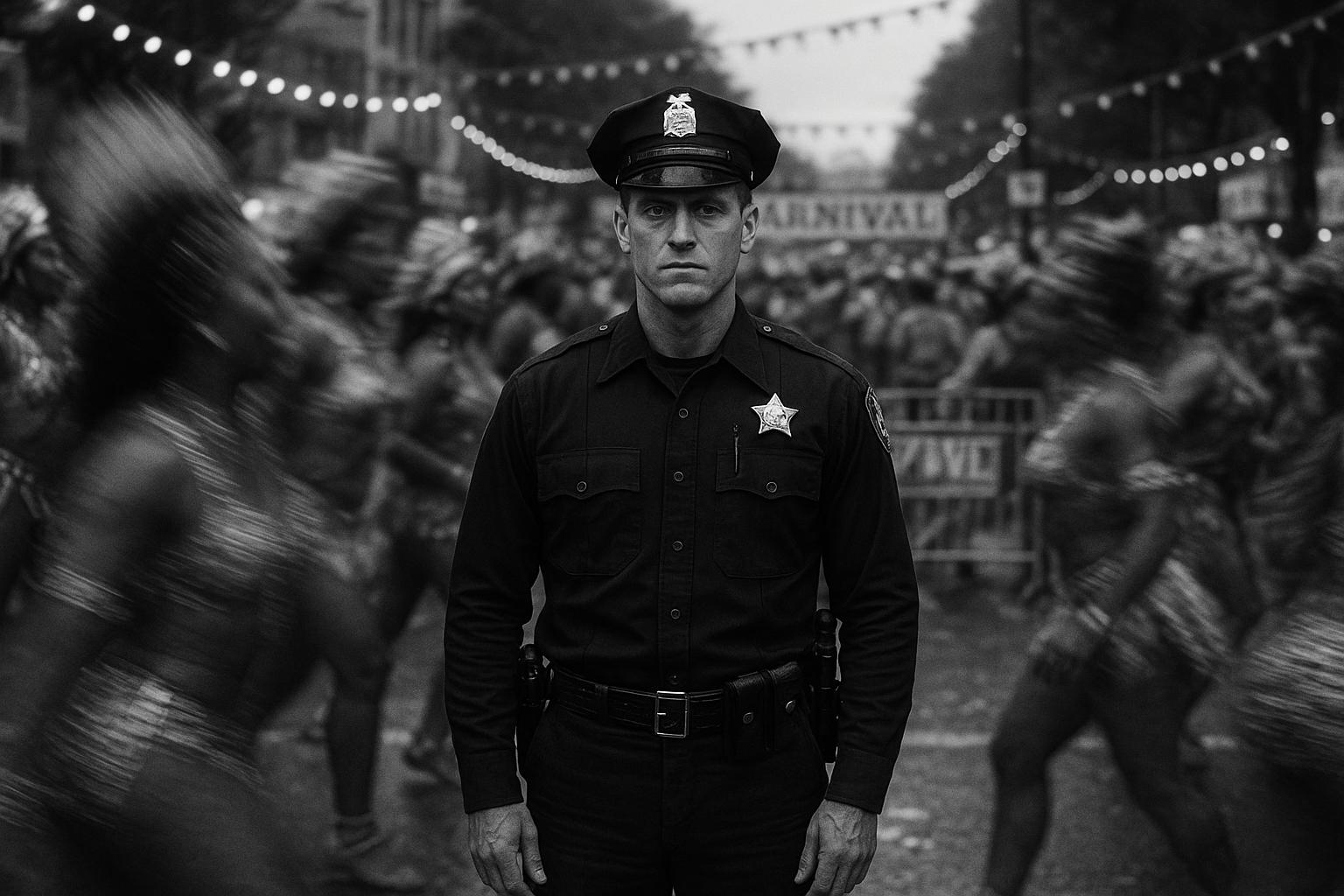The Metropolitan Police have told officers they must not dance with revellers at this year’s Notting Hill Carnival, a decision the force says is designed to keep officers alert and able to respond quickly amid rising concerns about crowd safety and violent crime. According to the force, almost 7,000 officers and staff will be deployed across the event, and standards of behaviour for the policing operation will be communicated to staff in advance. The Met confirmed the guidance to The Guardian and framed it as an operational necessity rather than a comment on the celebrations themselves.
In a statement to The Guardian the Met said: “Carnival is an iconic and spectacular event which attracts hundreds of thousands of people every year … But it is also an event where there have been numerous concerns about crowd safety and crime. They are there to keep revellers safe, not to join in the revelling.” The force added that officers should “positively engage with carnivalgoers while staying vigilant at all times and remaining able to respond and intervene swiftly as necessary. They can’t do this if they are dancing.” The policing approach also underlines a wider tension between visible community engagement and the imperative of operational readiness at a major public festival.
That tension is sharpened by the scale of this year’s policing operation and by recent statistics showing an escalation in offences at Carnival. The Met’s post-event update from the previous year recorded 349 arrests for a range of offences, including possession of offensive weapons, drug offences, assaults on emergency workers and sexual offences, and logged multiple stabbings and dozens of assaults on officers. The force says it will again prioritise preventing serious violence, drawing on intelligence-led activity and pre-emptive disruption ahead of the event.
Those policing decisions have been driven in part by two high-profile killings associated with last year’s Carnival. Cher Maximen was stabbed during the family day and died six days later; the attacker was subsequently convicted of murder at the Old Bailey. Separately, chef Mussie Imnetu was attacked and died of catastrophic head injuries after an assault outside a Queensway restaurant; the defendant in that case was also found guilty. Reporting on both cases has been cited by policing officials and local politicians as evidence of the need for a robust safety operation this year.
Physical security measures have also been stepped up. Kensington and Chelsea installed a series of hostile-vehicle mitigation barriers along Portobello Road following police and specialist advice; the council says those temporary measures will be removed for a fortnight around the Carnival to allow people to move freely and safely during the event. The Met has said it will also use screening arches, stop-and-search powers where appropriate, and — in certain circumstances — live facial recognition technology as part of the effort to identify and disrupt people intent on bringing weapons or committing violence. The force says these steps form part of an integrated plan with local authorities and partners to protect the public.
The policing posture has provoked debate. Community leaders and civil liberties campaigners, as reported in national media, warn that highly visible security measures and restrictions on informal engagement risk eroding trust between the police and the communities the Carnival celebrates. A recent report by a London Assembly member warned that previous years had seen crowd-management challenges of a scale that could have led to serious harm; the mayor of London has also voiced concern about the risk of a crowd crush, saying at a meeting last month that he had “seen images of some of the crowds … and watching them made me frightened.” Supporters of the tougher policing argue, by contrast, that the measures are necessary to deter violent groups and protect the hundreds of thousands who attend.
The Met has urged the public to come forward with information about individuals or groups planning to bring weapons or cause harm, and to use existing reporting channels and Crimestoppers. The force says its aim is to keep Carnival safe while working with partners to learn lessons from past incidents and pursue prosecutions where appropriate — a balance the authorities acknowledge remains politically and emotionally fraught given Carnival’s cultural significance.
📌 Reference Map:
##Reference Map:
- Paragraph 1 – [1], [2], [3]
- Paragraph 2 – [2], [3], [1]
- Paragraph 3 – [4], [3]
- Paragraph 4 – [5], [6], [1]
- Paragraph 5 – [7], [3], [1]
- Paragraph 6 – [2], [1]
- Paragraph 7 – [3], [4]
Source: Noah Wire Services
